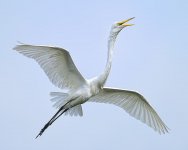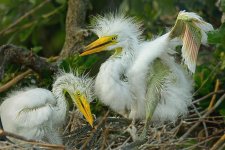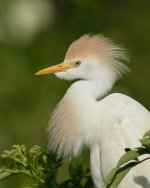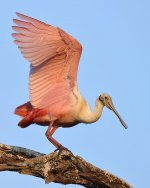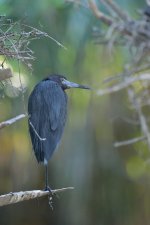ericbowles
Well-known member
I just got back from 4 days of bird photography using a new D800E. Out of nearly 1000 images I have not seen any sign of moire. The D800E is spectacularly sharp - much better than any camera I have ever seen. AF is fast and accurate. Frame rate is certainly a little slower than other cameras, but was not an issue for me as I rarely can squeeze off more than 3-4 frames at critical action.
Here are some sample images using the 600 f/4 AFS.
Here are some sample images using the 600 f/4 AFS.




